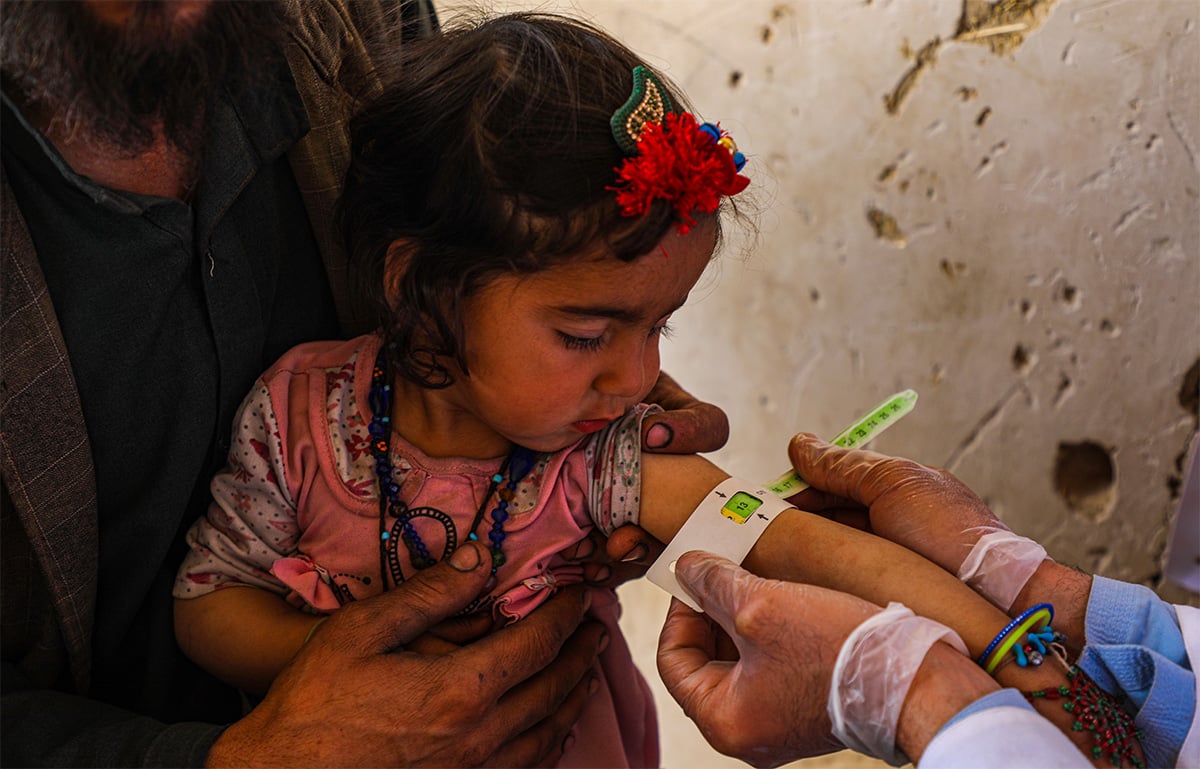SEATTLE (October 16, 2024) – Malnutrition disproportionately impacts women and girls and costs the global economy over $1.6 trillion annually in lost productivity and potential, according to a new report by Christian humanitarian organization World Vision released in recognition of World Food Day on October 16 and International Day of the Girl on October 11.
Breaking the Cycle: Malnutrition’s Toll on Women and Girls highlights the disproportionate impact malnutrition has on girls’ lives, education, future earnings, and likelihood to experience violence and stress. The report found that over the next four years, more than 3 million girls are unlikely to make it to their fifth birthday due to vitamin A deficiency or low birthweight. The report also highlights the devastating effects of malnutrition on girls who do survive, including losses to education and opportunity. For example, without the effects of stunting and anemia, nearly 16 million more girls would complete secondary school every year.
“All over the world, women and girls are bearing the brunt of hunger and food insecurity,” explained Margaret Schuler, World Vision’s Chief Impact Officer. “When food is scarce, they are often the last in their families to eat. This leaves them malnourished, and has a significant impact on their health, school or job performance. They are more likely not to complete school, earn less, marry earlier, and have more children sooner.”
Today, more than 1 billion adolescent girls and women suffer from different forms of malnutrition, according to UNICEF. And women and girls make up 60% of the world’s chronically malnourished and suffer most due to economic-, weather-, and conflict-related shocks.
The highest numbers of women and girls with undernutrition, micronutrient deficiencies and anemia are concentrated in South Asia and sub-Saharan Africa, but women are consistently at higher risk of moderate or severe food insecurity than men in every region of the globe, with a widening gender gap in Asia, North America, Europe, and Latin America and the Caribbean. View an interactive data set with country and global figures here.
World Vision is calling for expanded nutrition services for children — particularly in school feeding plans and programs that combat gender inequality — and more funding to address root causes of food insecurity.
Schuler also noted that women must play a central role in any winning solution, saying, “Equipping women with the tools and resources they need to thrive has always been key.” That’s why World Vision works with communities to ensure access to essentials like clean water so families can grow their own food, and to empower women with resources like small loans and savings groups that help them to start businesses.
Editor’s note: The costs in the report and interactive data are based on statistics on population and child health sourced from U.N. agencies and the World Bank. Where numbers were missing for a specific country, we imputed data or used a regional average. We’ve then applied findings from academic literature to these statistics to come up with the final costs. A full methodology can be found in the annex of the report, available to download here.
